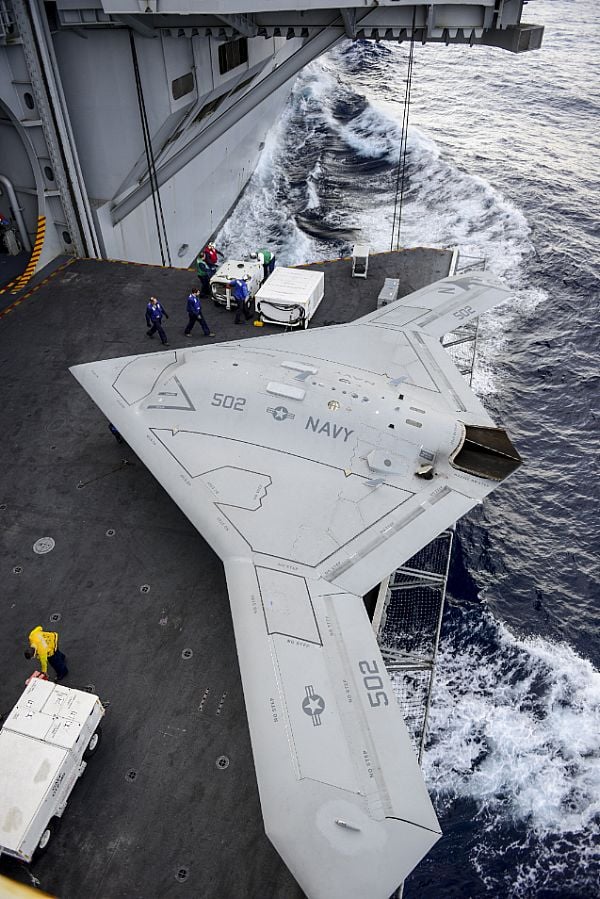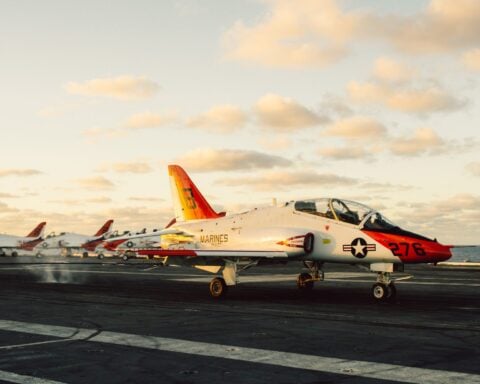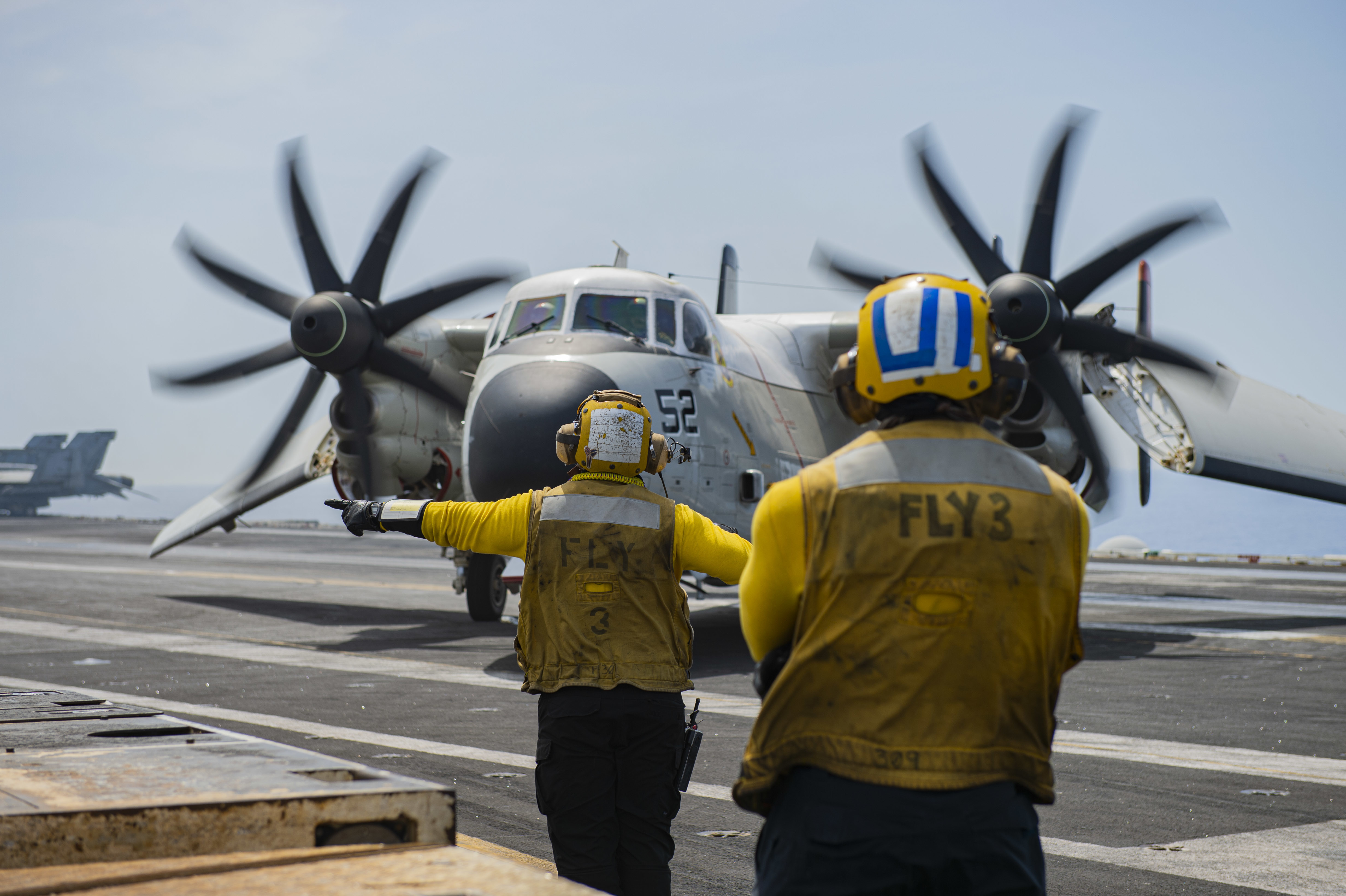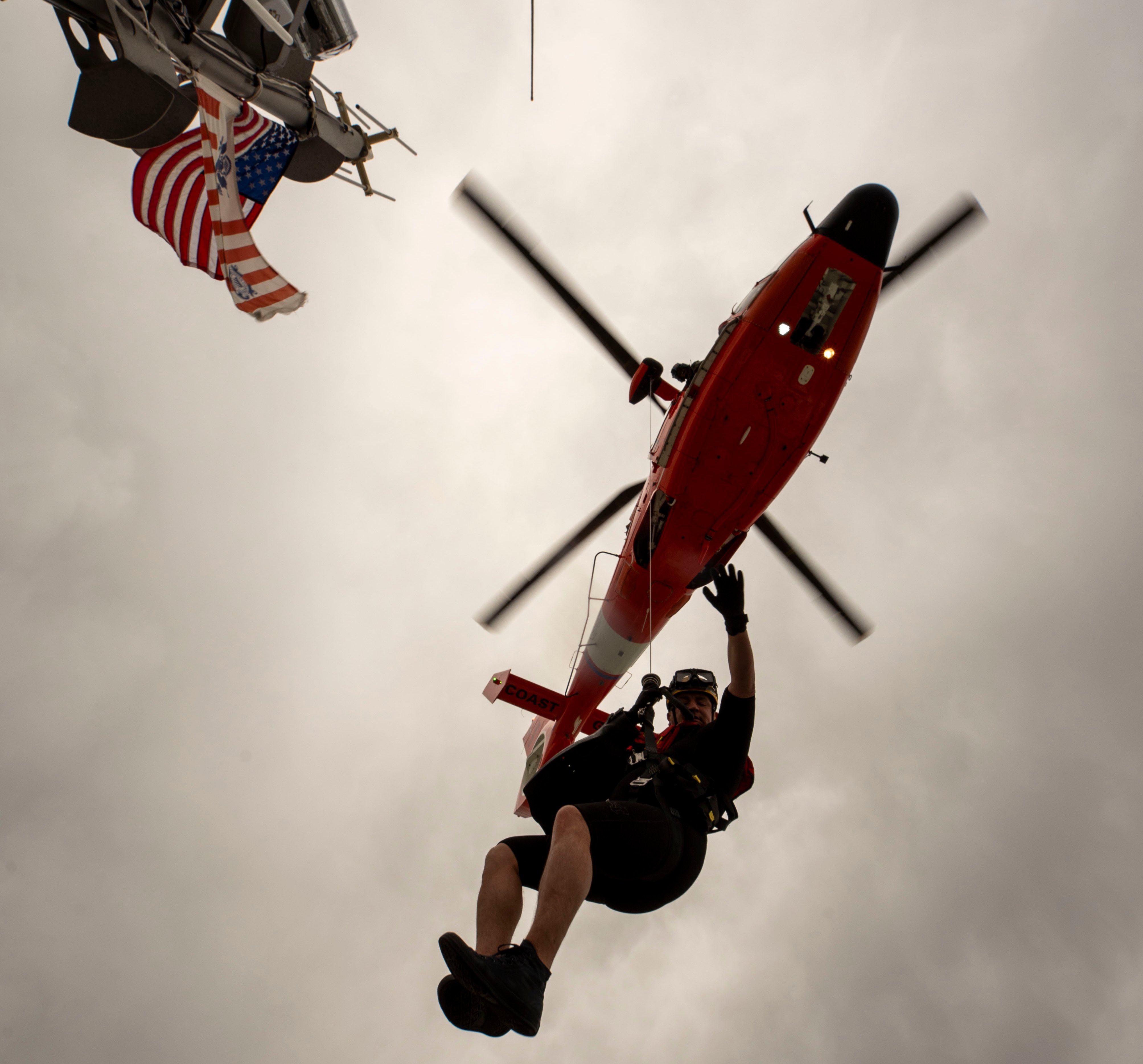
A senior member of the House Armed Services Committee is imploring the U.S. Navy to ensure that the service’s forthcoming Unmanned Carrier Launched Airborne Surveillance the Strike (UCLASS) aircraft will be designed with enough range, payload and stealth to be relevant in a contest air environment.
“UCLASS must include a requirement for aerial refueling, survivability, lethality and payload to have enduring utility in tomorrow’s threat environment,” said Congressman Randy Forbes (R-Va.), chairman of the Seapower and Projection Forces subcommittee, in statement accompanying a Tuesday letter addressed to Secretary of the Navy Ray Mabus.
Forbes’ letter comes ahead of the Naval Air Systems Command (NAVAIR) releasing a set of draft request for proposals (RfP) for the UCLASS air vehicle segment. Those draft UCLASS requirements are expected to be released before the end of March, but the exact specifications for the aircraft have been the subject of a hotly contested debate.
Nonetheless, the Navy appears to be proceeding with a design optimized for intelligence, surveillance and reconnaissance (ISR) rather than long-range strike.
“UCLASS is a program and we will go forward and we will integrate UCLASS with its ISR, potential tanking, and its limited strike capability as the complementary force multiplier persisting capability that will ensure the carrier strike group mission is even more effective than it is today,” Rear Adm. Mat Winter, NAVAIR’s program executive officer for unmanned aviation and strike weapons told USNI News on Jan. 29.
Forbes noted in his letter that government and industry analysis has shown that broad-band stealth is required for surviving against advanced integrated air defense systems.
Forbes also reiterated that the UCLASS should have the payload capacity to carry out a wide variety of missions. “I place a premium on optimizing internal payload carriage capacity and versatility to support the simultaneous needs of both the carrier-strike group commander and the geographical combatant commander,” he wrote.
Forbes reiterated that the new aircraft should have an aerial refueling capability. “Only through in-flight refueling can a UAS [unmanned air system] sized for carrier basing achieve sortie endurances required for both responding globally to short-warning aggression irrespective of carrier positioning and, once in-theater, staging ISR and strike operations from outside the lethal envelope of an adversary’s longest-range threats,” he wrote.
Those long-range threats include a host of Chinese anti-ship cruise and ballistic missiles could pose a serious challenge to the aircraft carrier. Of particular concern to the Pentagon is the Chinese DF-21D intermediate range ballistic missile, which is designed specifically to attack aircraft carriers.
“I strongly believe that the UCLASS program represents the future of our Navy’s carrier air wing and American power projection capabilities,” Forbes said in a statement. “Getting this program right today is essential to cementing our Navy’s advantages in the decades to come.”





